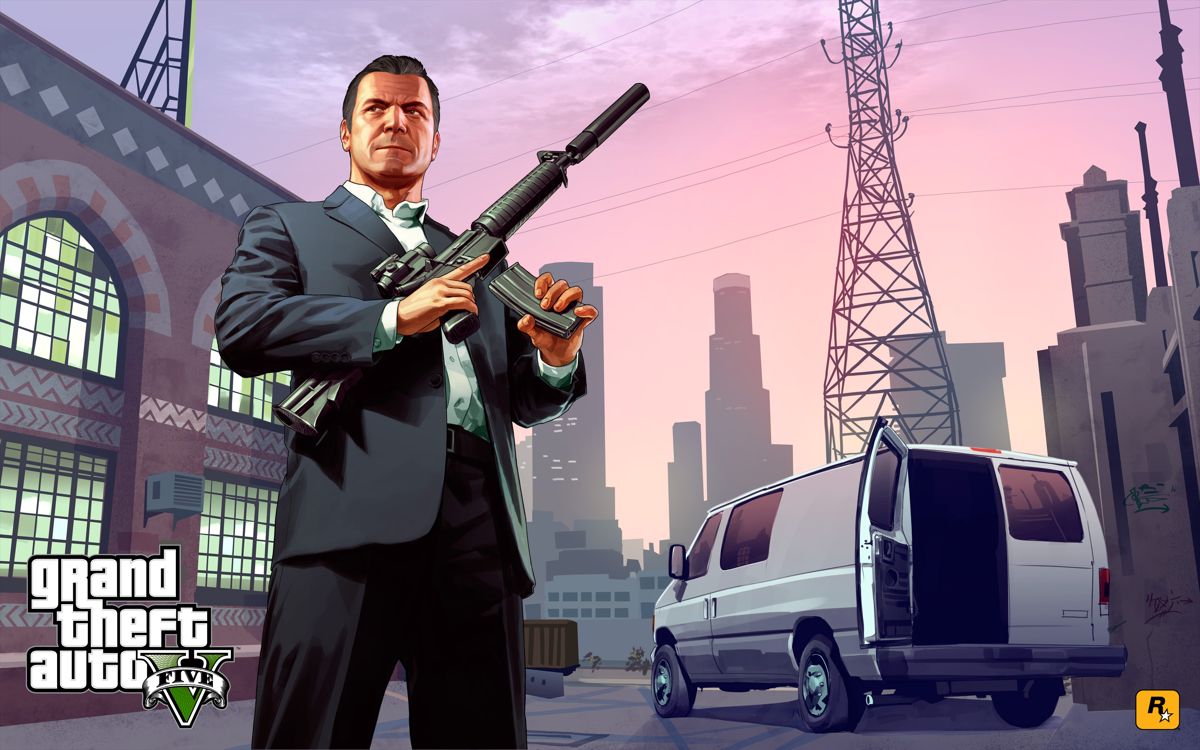Popular Now
Introduction
Grand Theft Auto V revolutionized open-world gaming with its detailed environment, story depth, and intricate gameplay systems. One area that often goes underappreciated, but deeply affects player experience, is the law enforcement AI system. From the moment a player commits a crime, a sophisticated chain of reactions unfolds, dictating how the police respond, escalate, and eventually attempt to neutralize the threat. This article explores the inner workings of the law enforcement AI in GTA V, examining its evolution from earlier titles, the structure of police response across wanted levels, and how players can strategically manipulate or avoid it entirely.
Origins of Law Enforcement AI in the GTA Series
The groundwork for law enforcement behavior in GTA V was laid in earlier entries of the franchise. In GTA III, police AI was simplistic—chase the player, crash cars, fire weapons—and followed linear routines. By the time of GTA IV, Rockstar introduced better pathfinding and more adaptive AI behavior. GTA V took these principles and expanded them into a more layered system that mimicked real-life police protocols.

Police AI Architecture in GTA V
GTA V uses a dynamic AI behavior tree system to control how police react to crimes. Instead of a static reaction, officers now make real-time decisions based on the crime committed, visibility of the player, location on the map, and proximity to law enforcement assets. The system also tracks the player's last known location and makes use of search radii, line of sight detection, and even environmental cover.
Wanted Level System and Escalation Logic
The five-star wanted level system is a core mechanic that governs how aggressive and well-armed the law enforcement response becomes. At one star, a couple of patrol officers attempt a non-lethal arrest. At two stars, more units respond with increased urgency. By three stars, spike strips and helicopters enter the equation. The jump to four and five stars introduces SWAT teams, FIB agents, and military-grade response units.
Line-of-Sight and Search Zone Mechanics
GTA V’s police AI incorporates line-of-sight logic, which means breaking visual contact can begin the process of evasion. When the player is out of sight, a flashing minimap represents the AI’s active search radius. AI units will comb the area, checking hiding spots like alleys and rooftops. If the player remains hidden long enough, the wanted level will gradually decrease and disappear.
Helicopter and Air Unit Behavior
At higher wanted levels, helicopters play a significant role. Unlike ground units, they can track players across mountains, water, and rooftops. The onboard AI includes gunners and spotters who can maintain visual contact even in tricky terrain. Players must employ vertical movement (like tunnels or underground rail systems) to effectively evade these aerial threats.
Vehicle AI Adaptation and Pursuit Strategy
Law enforcement vehicles adapt to the player's speed and tactics. For instance, if you weave through traffic or take sharp turns, the AI adjusts its driving path and speed. The AI drivers also coordinate in groups, setting up roadblocks or pincer movements to box in the player. This sophistication is a leap beyond earlier GTA titles, where police cars would merely trail the player until they crashed or gave up.
Use of Non-Lethal Tactics and Dialogue Cues
An underrated element of police AI is the attempt to arrest rather than kill, especially at lower wanted levels. Officers will shout warnings, draw tasers, and try to box the player with patrol cars. Audio cues—like yelling "Freeze!" or "Drop your weapon!"—are not just flavor but real indicators of AI intent. These mechanics encourage surrender or flight and add immersion to player-police interactions.
Stealth and AI Blind Spots
Surprisingly, stealth mechanics play a significant role in AI avoidance. Crouching behind objects, moving through shadows, or using distractions can cause AI confusion. The police can lose track of the player even within close proximity if the environment offers enough cover. This mechanic creates strategic gameplay that rewards players for map knowledge and patience over brute force.

Police AI and Multiplayer Dynamics in GTA Online
In GTA Online, law enforcement AI adapts to multiplayer chaos. AI priorities shift when multiple players are involved in the same crime scene. For example, if one player shoots back while another runs, the AI may split its forces accordingly. AI behavior also changes based on mission types, with certain heists triggering heavier or scripted responses. This adds unpredictability and challenge for coordinated teams.
AI Exploits and How Players Manipulate the System
Despite its sophistication, players have discovered numerous ways to exploit the police AI. Hiding in obscure rooftop locations, ducking inside garages, or using water vehicles to escape patrol zones are common tactics. Some players even use the in-game mobile phone to call Lester, who can immediately remove a wanted level, short-circuiting the entire AI process. These exploits speak to both the cleverness of the community and the inherent limitations of even a robust AI system.
Conclusion
The law enforcement AI in Grand Theft Auto V is a testament to Rockstar’s commitment to realism and challenge. It blends complex decision-making, environmental awareness, and adaptive behavior to create a police response that feels reactive and threatening. Whether you're a player who prefers stealthy escapes or explosive standoffs, understanding how the AI operates opens up a new dimension of strategic play. And while some exploits remain, they serve as a reminder that even the smartest systems can be outwitted by creative minds—just as Rockstar intended. GTA V’s law enforcement mechanics don’t just simulate authority—they test the limits of it.















